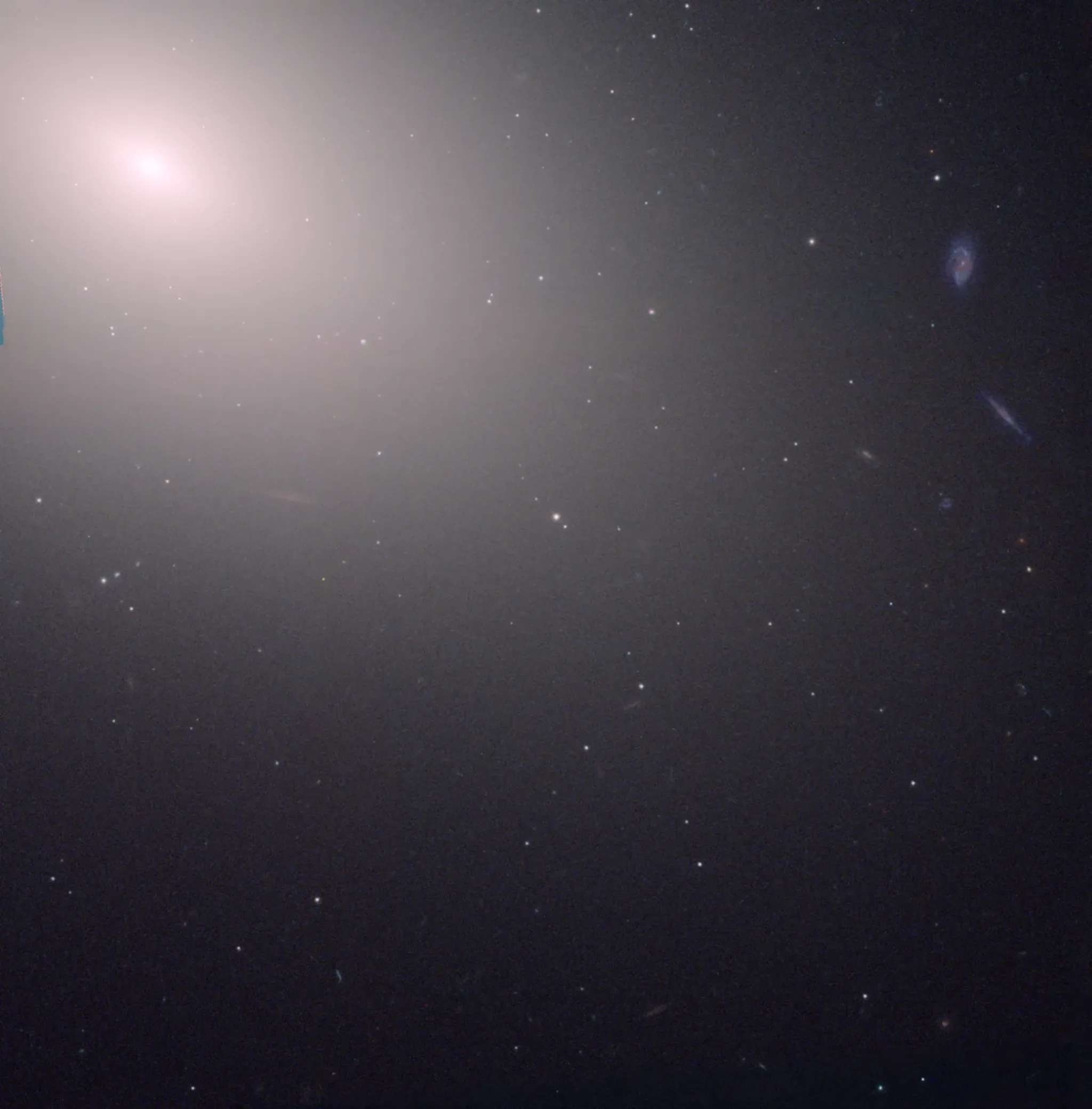M59 | NGC 4621 | Elliptical Galaxy | Virgo | 60,000,000 Light Years Away
Messier 59 is an elliptical galaxy situated in the Virgo Cluster, discovered by the French astronomer Charles Messier in 1779. Located approximately 60 million light-years away from Earth, Messier 59 is part of the larger Virgo Cluster, a rich gathering of galaxies. As an elliptical galaxy, Messier 59 lacks the prominent spiral arms seen in spiral galaxies, appearing as a smooth and featureless oval-shaped structure.
With a diameter of around 90,000 light-years, Messier 59 contains a vast population of stars that are generally older and cooler than those in spiral galaxies. The absence of distinct spiral arms and ongoing star formation indicates that elliptical galaxies like Messier 59 have undergone significant evolution, with stars likely formed in earlier epochs. The study of elliptical galaxies contributes to our understanding of the diverse morphologies and evolutionary paths of galaxies within the vast cosmic landscape.
Messier 59 is a key target for astronomers investigating the dynamics and interactions within galaxy clusters, as it is part of the Virgo Cluster. Galaxy clusters are critical components of the cosmic web, and understanding the properties and behaviors of galaxies within these clusters provides insights into the larger-scale structure of the universe. Messier 59, with its elliptical form and membership in the Virgo Cluster, adds to the ongoing exploration of galactic evolution and the interconnected nature of galaxies within dense cosmic environments.

